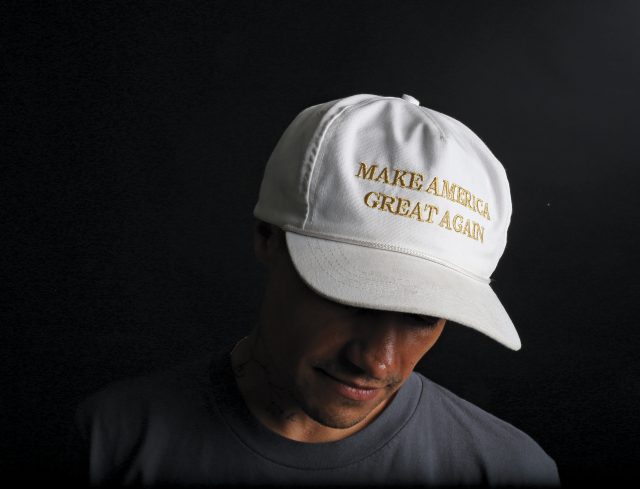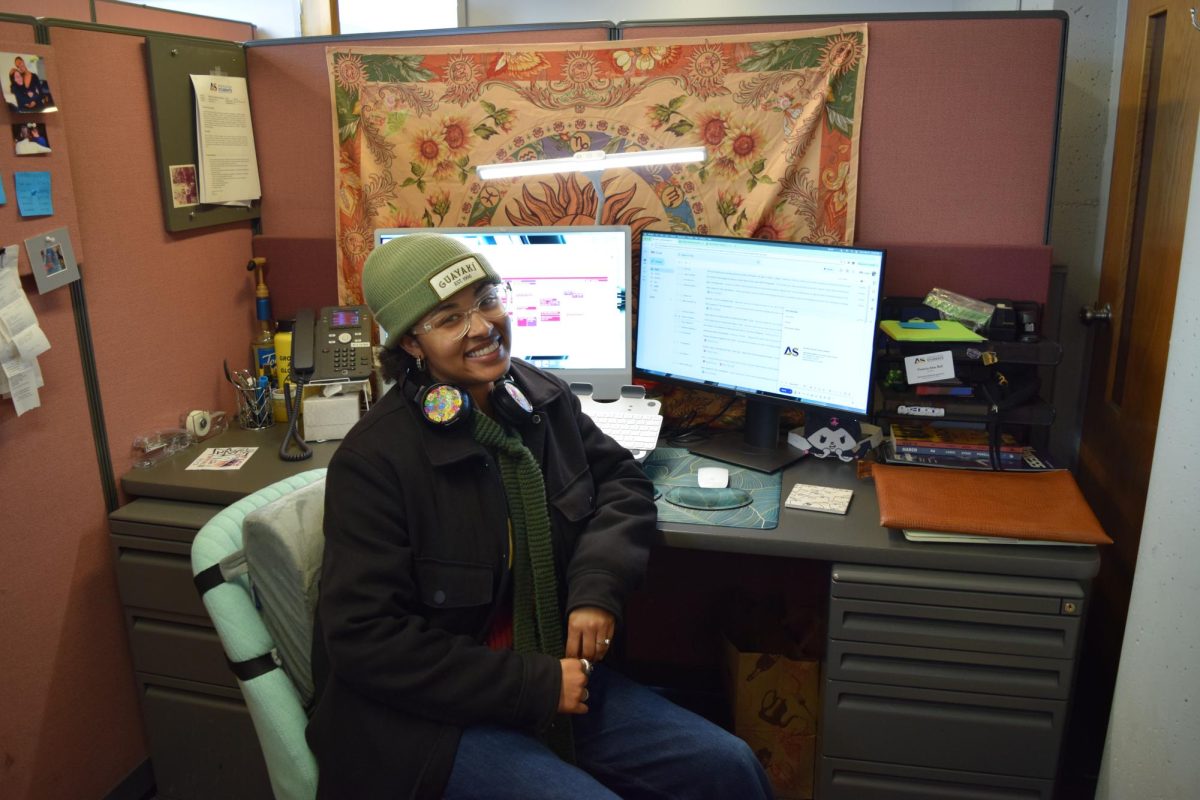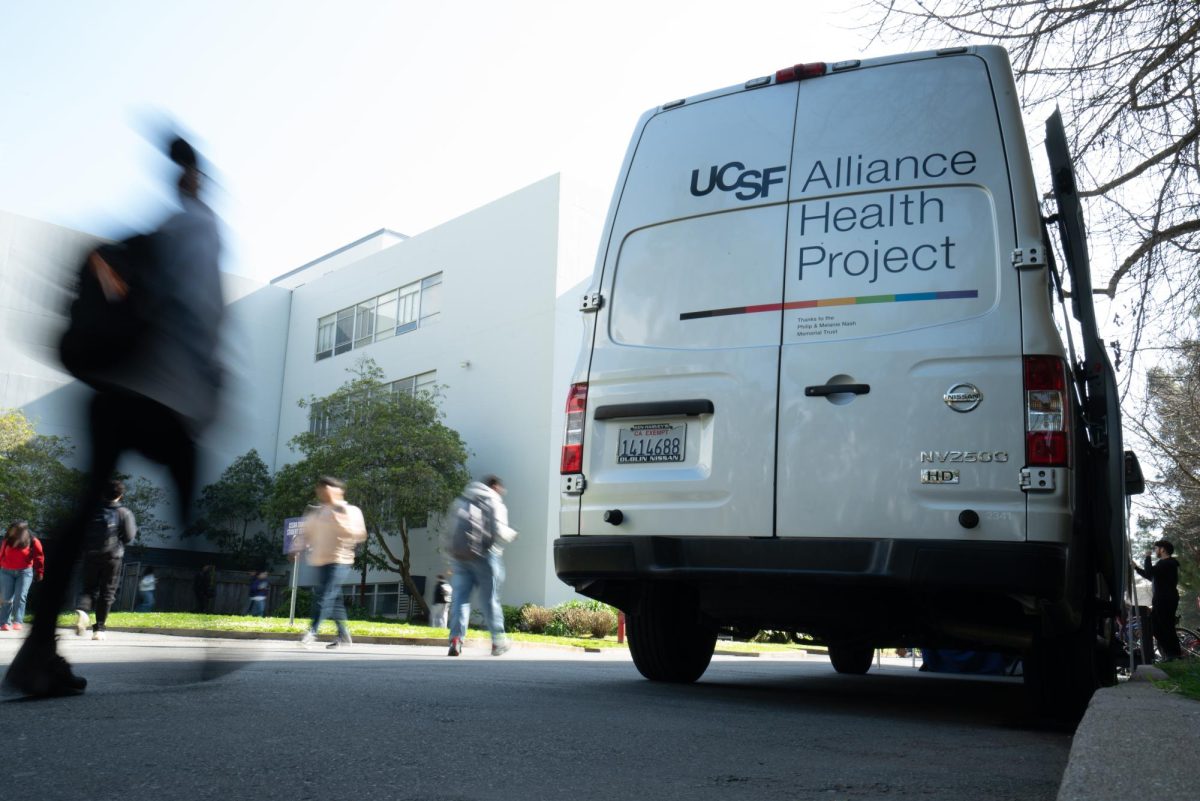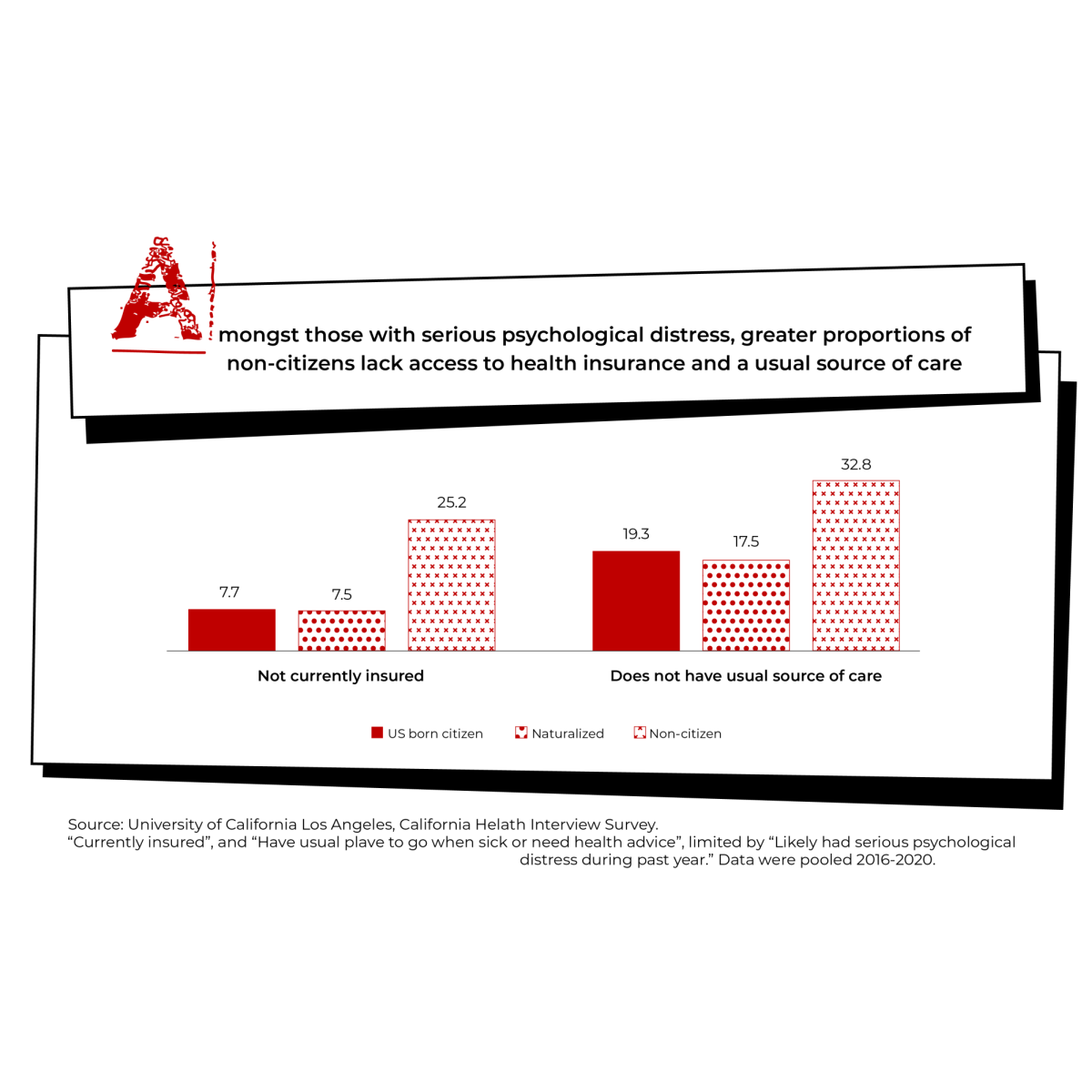At the turn of the twentieth century, Americans were in a state of economic and political discontent. It sounds familiar, because it is familiar — there are tangible parallels in real time.
When L. Frank Baum published The Wizard of Oz in 1900, he stated that he wrote the book to please children, and perhaps this was coming from a place of respite in his mind, an imaginary vacation from the stress their parental counterparts were enduring. However, in the historian Henry M. Littlefield’s 1964 essay analyzing Baum’s work, he suggested the fairytale was really intended as a parable to discuss populism, industrialists, and the gold standard in the 1890s.
Whether Dorothy, the Tin Man, and the Scarecrow were actually running away from lions, tigers, and bears, or fearsome political control and economic deficit, the message and consequent theories of his work resonate into today.
Artists, novelists, filmmakers, and all of the above often exercise that creative power, and what they produce with underlying meaning can provide context to reality. In a scene of the 2001 cult classic film Donnie Darko, the protagonist’s high school health teacher presents a lesson, claiming that human behavior is motivated by two essential emotions — love and fear. Darko protests her, arguing that life isn’t so simple, and that the whole range of human emotion needs to be taken into account to identify behavioral motivation.
While his theory is valid, looking at political behavior on a black-and-white range from love to fear boomerangs people back to the basics. Specifically, it can be applied to the conversation of the 2016 presidential election. Focusing on the election through a monochromatic lens allows one to evaluate how the two emotions mold our political and social climate as we prepare for a new commander-in-chief to assume the role.
How are we supposed to act when a fraction of voters are afraid of Donald Trump’s vision for America and another part are terrified of a future with Hillary Clinton?
And thus, that million-dollar question arises organically: How are we supposed to act when a fraction of voters are afraid of Donald Trump’s vision for America and another part are terrified of a future with Hillary Clinton?
A July 2016 poll conducted by Associated Press-GfK indicated that 81 percent of Americans would “feel afraid following the election of one of the two polarizing politicians . . . That includes a quarter who say it doesn’t matter who wins: they’re scared of both.”
Polarization and the dissent that ensues can potentially foster a negative social environment; let the words “Confederacy” and “Union” serve as an example of this occurring in American history. This year’s election is redefining how partisan division and discontent functions within modern-day politics. Passions run high in favor, vehemently against, or in an ambiguous gray area regarding one of the two major party nominees, and often publicly so.
A Pew Research Center article with supplementary poll data published in late June of this year states, “For the first time in surveys dating to 1992, majorities in both parties express not just unfavorable but very unfavorable views of the other party. And today, sizable shares of both Democrats and Republicans say the other party stirs feelings of not just frustration, but fear and anger.” The data reveals that 62 percent of highly politically engaged Republicans report they are ‘afraid’ of Democrats, whereas the fear of Republicans sits at 70 percent for highly politically engaged Democrats.
This has begun a nationwide — and worldwide — dialogue that is putting pressure on Americans to either ‘choose sides’ or capitulate to the way the election progresses without the power of their ballot.
Dr. Bradley Gorham, a visiting professor from Syracuse University in New York, came to the Danish School of Media and Journalism in Western Denmark on a rare sunny day last spring. He spoke about a topic that never seemed to evade conversation when the student journalists from San Francisco that spent an exchange at the school last semester studied, drank, or did pretty much anything with their foreign friends — American politics.
Suffice to say, when he came to lecture, there was an auditorium full of wide-eyed students from all over the globe who were eager to get their questions answered about this election that has captured the world in an enticing media trap. For the first time, the discussion wasn’t a grounds for mockery, but rather, a genuine curiosity about how Americans were reacting to the campaigns of the then-candidates.
After asked about how fear and vulnerability play into the rise for power, he commented:
“Politicians who benefit from voters who are more authoritarian-minded tend to be the ones who stoke fear, because fear helps activate latent authoritarianism and make it salient when it might otherwise not be. So whether it is Trump, or the National Front’s Marine Le Pen, or the Alternative für Deutschland’s Frauke Petry, or the Danish People’s Party’s Kristian Dahl, there are always going to be politicians who see value in pointing to threats from outsiders and suggesting that only they can protect “us” and “our values” from the dangerous and different “them.”’
In his original reply, “outsiders” was used as reference to those who could potentially pose terroristic threat and how some politicians gained leverage from diffusing this fear and promising to play the role of the protector. But it can be thought-provoking if it’s read in a way that becomes reminiscent of how Clinton and Trump work against each other in their campaigns.
In San Francisco, Team Democrat outnumbers Team Republican. According to data supplied by the San Francisco Department of Elections for the June 7, 2016 primary turnout, only 9,224 ballots were cast for Donald Trump’s candidacy. That’s a pretty far cry from Hillary Clinton’s 116,359. But even this small fraction of a presence in a city so marked by leftist values is important to acknowledge.
From the Bay Bridge to the Golden Gate, there are twenty-seven (as the LA Times reported in January 2015) officially chartered Democratic clubs, one for nearly every neighborhood, almost making the fight for Republicanism seem like a valiant undertaking, a classic story of the perseverance of an underdog.
Brian May, the vice president of the Republican Student Union at San Francisco State University, wants to change the perspective of how Republicans are perceived in a city like San Francisco. The student union started as a four-man crew masterminded by student engineers, and has grown to a group of thirty-two in two years.
“I think Trump has helped to bring people back up to actual Republicanism.”
“We’re the thirty-third most liberal college in the country. It’s important to us that we represent the Republican community of San Francisco through our union,” May said, adding that nearly every member is a supporter of Trump. “I think Trump has helped to bring people back up to actual Republicanism.”
He comments on the diversity among Republican students in the group.
“There is racial representation in the group—Hispanics, Asians, and Muslims,” May said. “These are the people that are afraid to speak out and say that they actually endorse Trump.”
He refers back to the spring, when Bernie Sanders proponents ferociously supported the Vermont senator’s presidential campaign and were often outspoken about the kind of people they thought Trump voters were. When the union would promote themselves on campus, it wasn’t rare that the slurs would free flow. But May and all of his crew kept going.
He mentioned that the hostility they receive has abated substantially.
“We don’t have to defend ourselves against pro-Hillary Clinton people [at SF State],” he said. “In the spring, we received a lot of backlash from the Bernie supporters.”
Ruben Andazola, one of May’s fellow members in the Republican Student Union, specifically sought out to join a club for Republican students — it didn’t find him.
“Division is the enemy,” Andazola said. “Trump has joined me with a lot of the people I used to fight against. I’ve never trusted the Republican vs. Democrat ideology, I would have never voted period if Trump wasn’t running. I grew up hearing the stories and cases surrounding the Clintons and their history around politics, and I was afraid. I realized that I had to do more than just vote, I had to join a movement. There’s a big movement of love going on.”
During the weekdays, the Republican Student Union can be found standing proudly in the campus quad around their table decked in red, placed right next to the blue banners of SF State’s “Beyond Bernie” group. One can also identify them by the “Make America Great Again” caps that they occasionally adjust, all while good-spiritedly urging the interested students that approach them to see the benefits of social activism and capitalism.
Jordan James Harvill is the president for the SF State College Democrats and previously worked as the interim executive director for the San Francisco Democratic Party.
“I work in electoral politics,” Harvill said as he folded his hands together, “The job of a campaign is to differentiate one candidate from another. It is an us vs. them mentality, and institutionally, our democracy perpetuates that problem.”
Ironically, this “us vs. them” mentality is the same that Dr. Bradley Gorham credited as one of the causes of fear in politics.
“I think education is a big solution to this issue,” Harvill added. “Having more of a conversation and being willing to listen to each other is a big step. Something that a Trump Republican and a Clinton Democrat can agree on is that we’re all in a bad economic climate. I think one of the things we can disagree on is how much each of us are suffering. We need to educate each other.”
Harvill mentioned that he has “always supported Hillary” and said, “As a Democrat, I view Trump as forcing people to take sides on whether or not they’re going to stand behind marginalized communities or allow him to perpetuate his agenda because they feel it pushes their own self-interest. What’s happening now in San Francisco is that the conversation is shifting from taxes, it’s turning into race politics, it’s turning into a whole different animal. We’re talking about marginalization. We’re talking about life and death. It’s personal. It’s no longer a bunch of economists talking in a room.”
An earlier Pew Research Center poll, one published in November 2015, highlights on one more thing that Republicans, Democrats, and even those who don’t identify with a party can agree on: distrust.
In response to the poll, CNN reported in an article from the same month discussing Donald Trump tapping into GOP anger that “eighty-nine percent of Republicans said they can seldom, if ever, trust the federal government. Among Democrats, that number is 73 percent, demonstrating that widespread cynicism about politicians is not a partisan issue.”
Zackary Smith, a postgraduate student at SF State studying political theory and critical social thought, is one who is distrustful of the current state of affairs, and won’t be voting in this year’s election.
“We, millennials especially, have to seriously ask ourselves if our political institutions are even able to assist us now with these new issues, such as deflating wages and job opportunities in result of global capital and technological innovation.”
“I am highly unsure and not confident,” Smith said. “We can no longer rely on our political institutions to assist in our well-being. We, millennials especially, have to seriously ask ourselves if our political institutions are even able to assist us now with these new issues, such as deflating wages and job opportunities in result of global capital and technological innovation.”
Comparing the two nominees, he added, “Trump’s rhetoric is representative of the racist and authoritarian strains in the American discourse that we’ve attempted to ignore for the past 50 years; but it’s just as prevalent, toxic, and existent as before. Clinton represents the death of valuing the standard of living and well being of the population in general. There seems to be a political shift of both parties to worship capital and business above all else. We are forced to ask what’s next for us politically.”
Smith’s views may or may not be shared, but the prevalence of his rhetorical question has the power to leave anyone to rumination.
What is next for us politically? Will a lack of dialogue as a result of partisan division continue to feed the indiscernible beast of fear and perpetuate the divisive “us vs. them” mentality?
Should it be in the spirit of fear or love, America’s political fate won’t be left up to an omnipresent fortuneteller’s crystal ball — it is rather an active duty of the collective American to decide.





![[From left to right] Joseph Escobedo, Mariana Del Toro, Oliver Elias Tinoco and Rogelio Cruz, Latinx Queer Club officers, introduce themselves to members in the meeting room on the second floor of the Cesar Chavez Student Center.](https://xpressmagazine.org/wp-content/uploads/2024/03/mag_theirown_DH_014-1200x800.jpg)

